Chardonnay Grapes (Characteristics, Wine Regions, Winemaking)
Chardonnay grapes are known to reflect their terroir, resulting in some of the most charismatic wines in the world.
From the leaner, crisp Old World wines to the full-bodied, tropical Chardonnays of New World regions like Napa Valley - there’s a perfect bottle for every wine lover!
In this article, we’ll explore the main Chardonnay wine regions and their terroir. We’ll also take a look at how Chardonnay is made, its tasting notes and characteristics, and a brief history of this popular grape variety.
Further reading
- Find out more about The Elegant Chardonnay Wine Styles.
- Discover the difference between Oaky Chardonnay and Unoaked Chardonnay.
The Main Chardonnay Wine Regions and Styles
Chardonnay grape vines are grown all over the world. Here are some of the key wine regions and the wine styles they produce:
1. France

Chardonnay is the second-most popular white wine grape variety in France. It is used to make both blends and varietal wines.
The Chardonnay grape is grown in these French regions:
- Champagne: Chardonnay is one of the signature grapes in the classic Champagne blend, along with Pinot Noir and Pinot Meunier. It is also used in the single varietal “Blancs de Blancs” sparkling wine style.
- Burgundy: Chardonnay is grown across eight Grand Cru vineyards in Burgundy. Burgundy is known for producing some of the most expensive terroir-driven Chardonnay (White Burgundy) wines.
- Chablis: Chardonnay is the only grape grown in Chablis. The white wines from the region are labeled ‘Chablis.’ Chablis Chardonnay is rarely oaked and tends to be crisp and fresh with characteristic green-apple-like acidity.
2. Italy
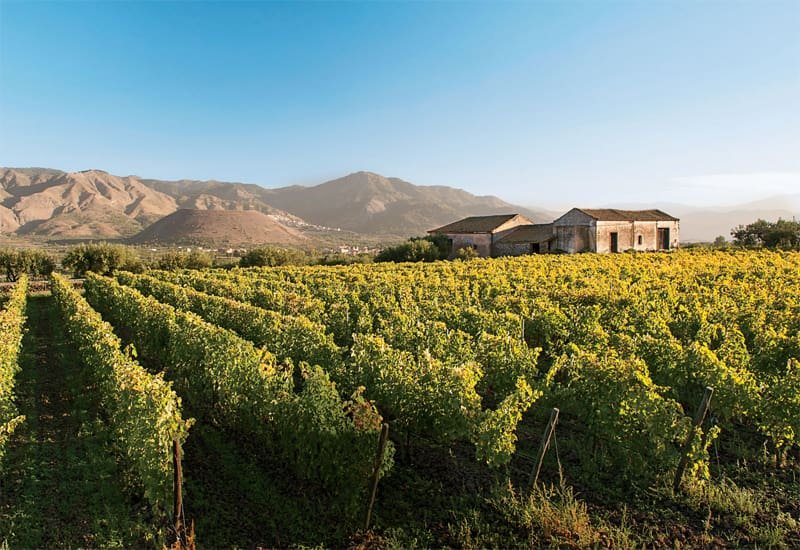
For a long time in Italy, Chardonnay was confused with Pinot Blanc. Today, Chardonnay is sometimes produced as a varietal white wine, but it is mostly blended with other grapes like Albana, Chenin Blanc, Cortese, and Verdeca. It can even be found in a Rose wine blend made with Nebbiolo.
Chardonnay is mostly planted in the northern wine regions of Italy, but it’s also grown in south Italy - across Sicily and Apulia.
3. The USA

The US is known for its rich Californian Chardonnay which has dominant citrus and tropical fruit flavors. Some Sonoma county regions like Alexander Valley produce an unoaked Burgundy style of Chardonnay.
The grapes are also planted across Texas, Arizona, Michigan, and many other wine regions.
4. Australia

Chardonnay was first imported in Australia in 1832, but the grape variety became popular only in the 1950s. Today, it’s the third-most-popular grape variety in Australia, right behind the red wine grapes Shiraz and Cabernet Sauvignon.
Australian Chardonnay can be quite versatile.
For example, Adelaide Hills produces a Burgundy-style wine, while the cooler regions of southwestern Australia produce Chablis-style Chardonnay.
5. New Zealand
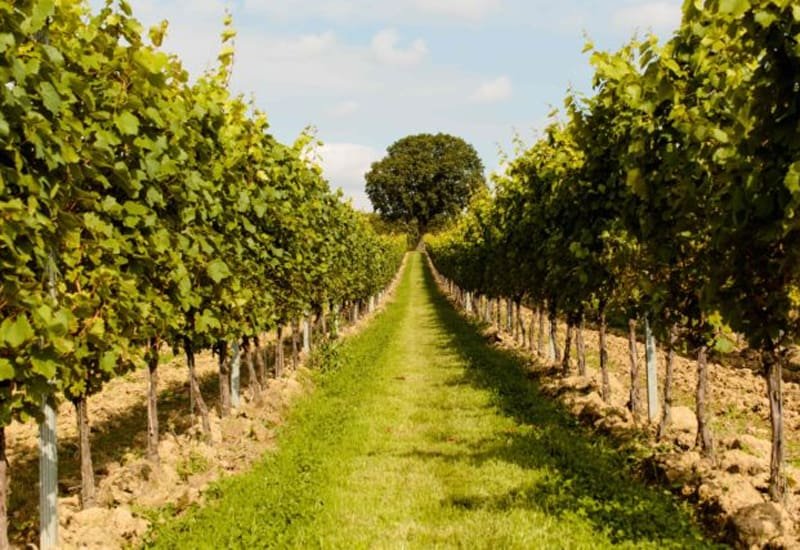
In New Zealand, Chardonnay remains the most planted white wine grape right after Sauvignon Blanc. Most of the country produces oaky Chardonnays. But the east coast of the northern island produces unoaked Chardonnay with emphasis on the wine’s freshness and acidity.
6. Other Wine Regions
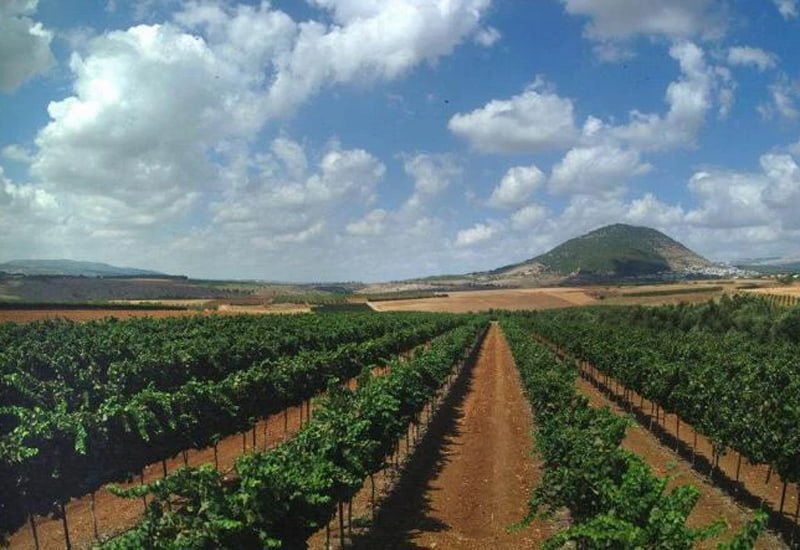
Other Chardonnay wine regions include Greece, Lebanon, Israel, Austria, England, Germany, Spain, and Switzerland.
In recent years, India and Uruguay have also seen a steady increase in Chardonnay plantations.
Chardonnay Grapes: Taste and Characteristics
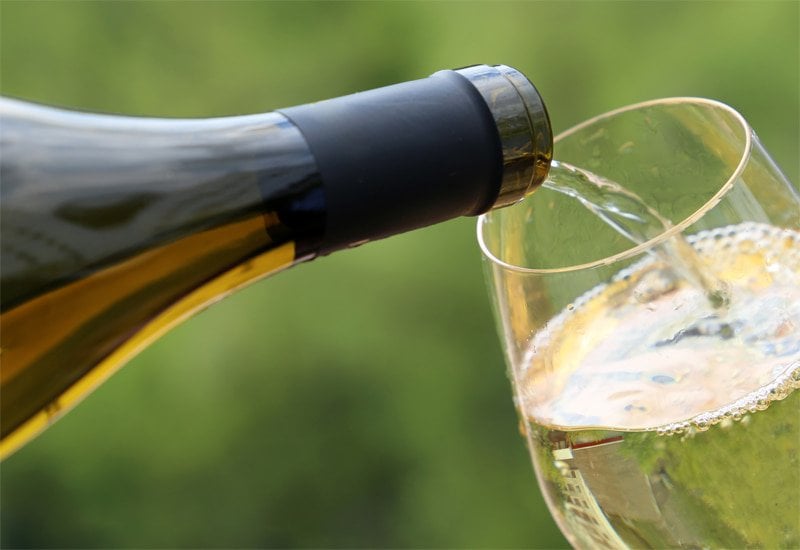
Chardonnay has a versatile taste and aroma profile. Its characteristics are often defined by its wine region, the grapes’ ripeness at harvest, and the winemaking techniques:
- Oaked vs. Unoaked Chardonnay: The introduction of oak gives the wine vanilla, butter, and caramel aroma notes. Oaked Chardonnay is fuller and more rounded on the palate. In contrast, unoaked Chardonnay has a higher acidity and a leaner palate, similar to Pinot Grigio and Sauvignon Blanc.
- Warm vs. Cold climate Chardonnay: Warm climate Chardonnay tends to be sweeter, full-bodied, with more tropical fruit flavors, and high acidity. Cold climate Chardonnay is brighter, leaner, with more mineral notes and a citrus fruit flavor profile.
Chardonnay’s characteristic flavors also vary depending on the wine region. For example, a Napa Valley or a California Chardonnay exhibits dominant pineapple notes, while a Chablis-style wine will have more pronounced green-fruit flavors.
Chardonnay Vineyards and Terroir
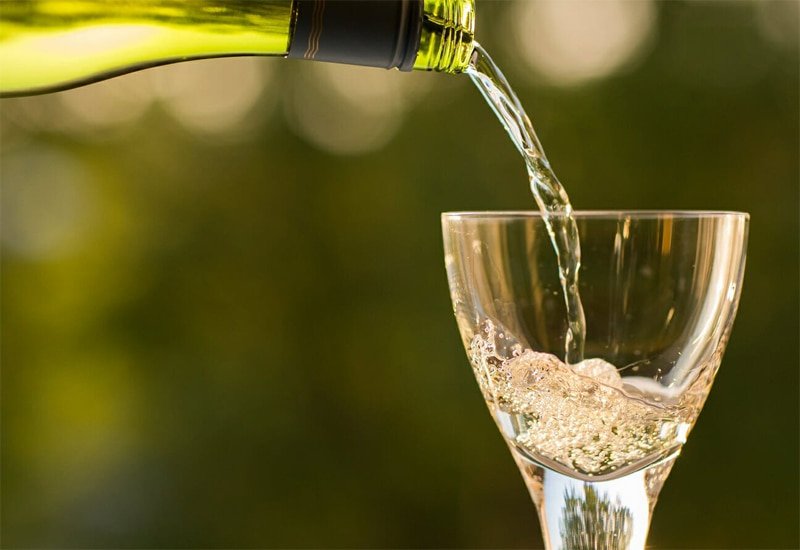
The Chardonnay vine thrives in chalk, limestone, and clay soils (similar to the soils in its homeland - eastern France.)
While the Chardonnay vine is high-yielding, premium Chardonnay producers often limit their yields to no more than 2.5 tons/acre to improve the grape quality.
In most Old World vineyards, the grapevines are subjected to aggressive pruning to “shock” the vine. This delays budburst until warmer weather is present and prevents the fruit from frost, millerandage, and powdery mildew problems.
Next, let’s see how Chardonnay wine is made.
Chardonnay Winemaking Techniques

Most Chardonnay wines go through the following winemaking process:
- Fermentation: After the grapes are pressed, they’re moved to the fermentation tanks where the grape sugar is converted into alcohol.
- Malolactic fermentation: Oaked Chardonnay goes through an extra step - malolactic fermentation. The winemaker performs malolactic fermentation (MLF) to convert the harder, tart-tasting malic acid in the grapes to softer, sweeter lactic acid, which gives the wine a more buttery mouthfeel.
- Aging: For oaked Chard, the winemaker can either introduce the oak during the fermentation stage or after it (by aging the wine in oak barrels). If the wine is unoaked, it is aged in stainless steel tanks.
Chardonnay is often subjected to Battonage (adding settled lees back into the wine) and an extended contact on the lees, depending on the wine styles and region. Cold fermentation is another procedure that produces rather tropical fruit centered wines.
Winemaking techniques can also differ depending on wine regions:
- Old world regions like France and Italy favor the use of wild or ambient yeast that creates crisp, aromatic wines.
- New world regions like Australia and North America extensively use oak to create more buttery, sweet wines with vanilla notes.
Next, let’s take a brief look at the history of Chardonnay grapes.
A Brief History of Chardonnay Grapes
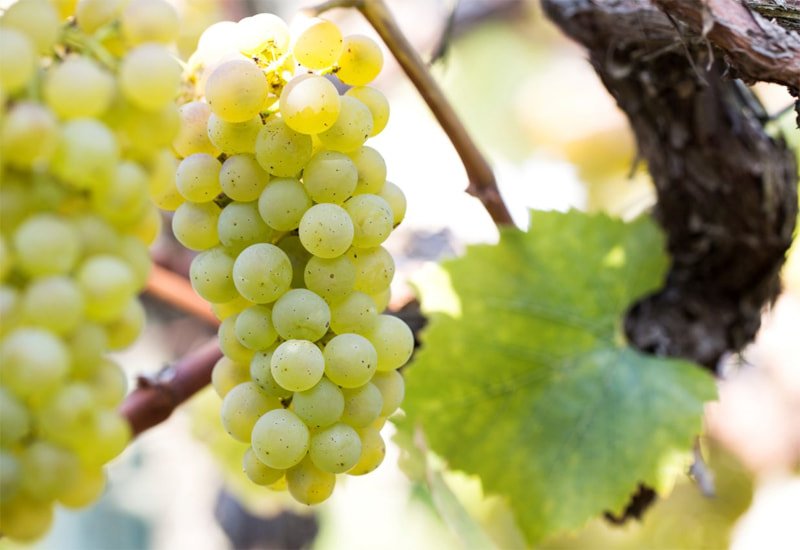
Chardonnay’s exact origins remain unknown.
Early viticulturists believed that the grape originated in the Middle East and was introduced to Europe by returning crusaders. Others believe that it descended from a wild Vitis vinifera vine that was also linked to the white Muscat grape.
However, modern DNA research at UC Davis suggests that Chardonnay is, in fact, a cross between Pinot Noir and Gouais Blanc grape varieties.
Chardonnay grapes were often confused with Pinot Blanc since the grape vines had a similar leaf shape and structure. This confusion was particularly prominent in northern Italy and some regions of France, where the two grapes grew together in the vineyards and were blended in winemaking.
Ready to own a bottle of this charming white wine?
Add a Fine Bottle of Chardonnay to your Wine Collection!
Chardonnay grapes are versatile and rich, producing a wide range of wines across the world.
You can find both affordable easy-drinking and expensive investment-worthy Chardonnays that deserve a spot in your cellar.

If you want to invest in Chardonnay or other fine wines, check the Vinovest website. It’s a wine investment platform that can help you source, buy, store, and sell investment-grade wines from around the world.



